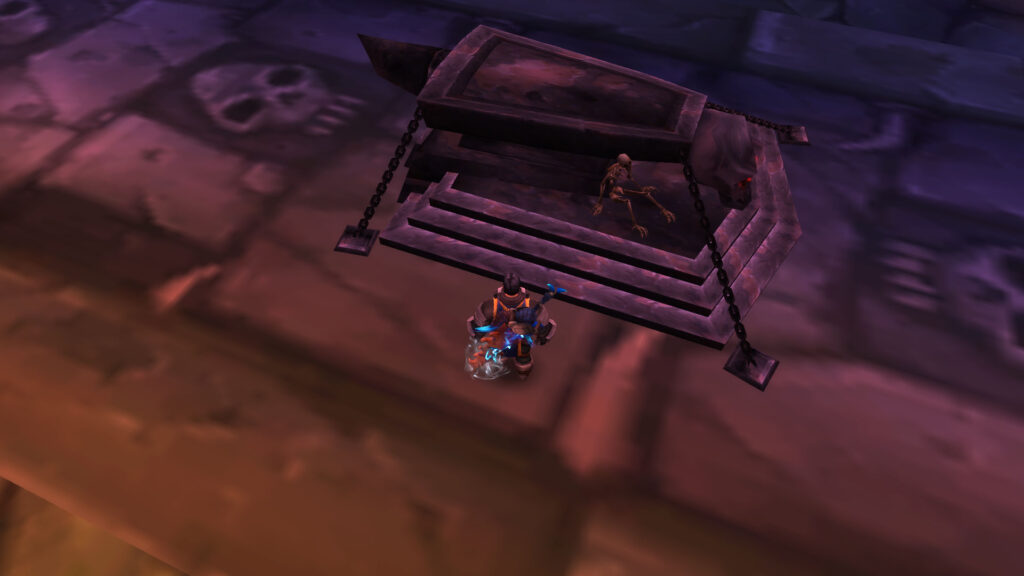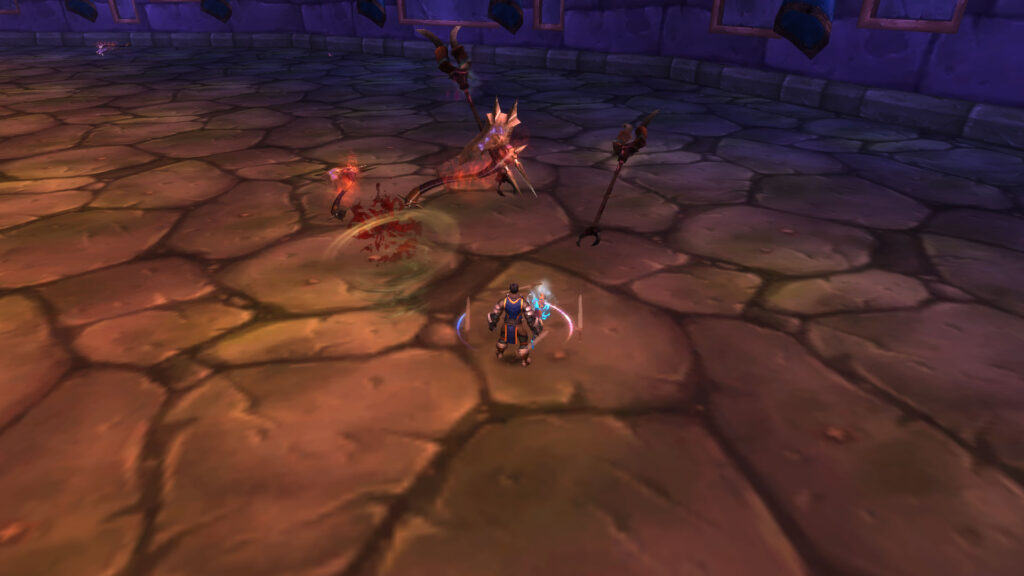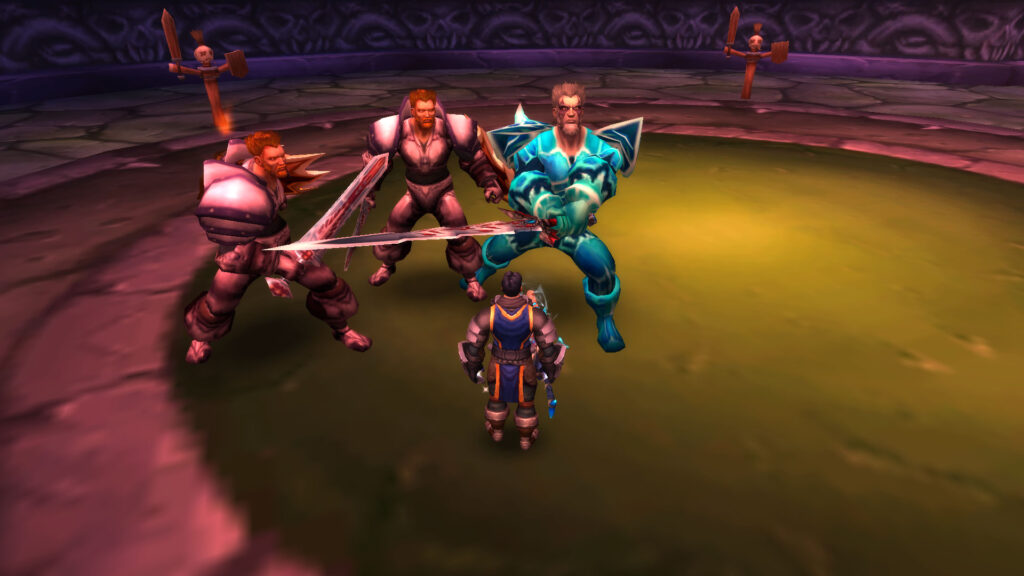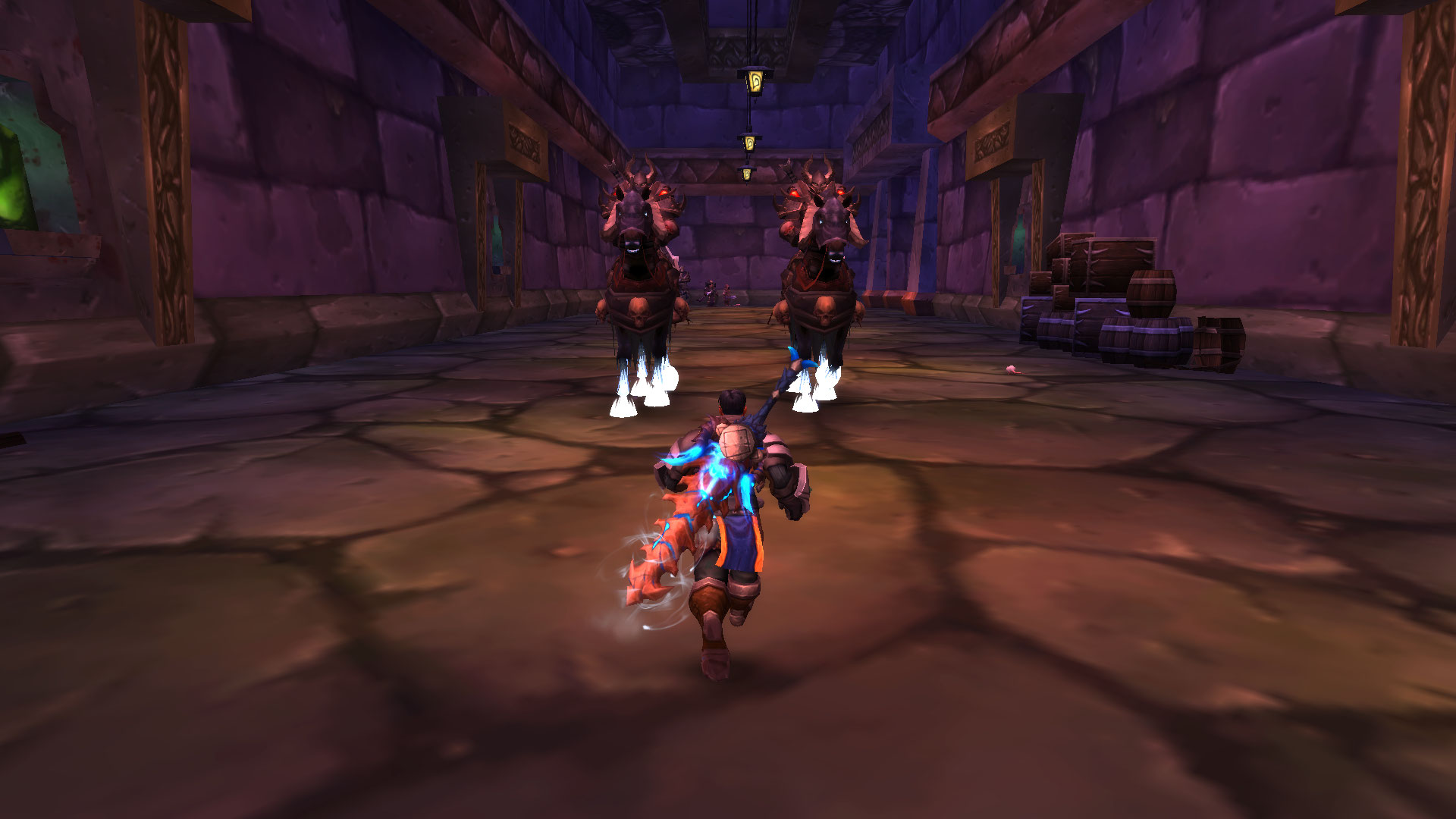Raiding can be a daunting task for many, yet it can also be incredibly rewarding when done successfully. It’s like an ancient puzzle waiting to be solved, and I’m here to help you make the most of your raiding experience by explaining the different difficulties and how to choose the right one for your group. With some patience and dedication, you’ll soon find yourself unlocking all the secrets that lie within a raid. So without further ado, let’s dive into the world of raiding difficulty!
Key Takeaways
- Assessing the group’s skills and experience level is important in choosing the appropriate raid difficulty.
- Using tools and guides to develop strategies and researching other groups’ experiences can provide invaluable insight.
- Finding the sweet spot between challenge and overwhelm is key, and adjustments should be made as needed based on feedback and trial and error.
- Successful raids provide both tangible and intangible rewards, including better gear, team bonding, and a sense of accomplishment.
Understanding Raid Difficulties
Deciding which raid difficulty your group should take on can be tricky, but understanding the differences between them makes it much easier! It’s important to know that raid difficulties are based on scaling strategies and encounter mechanics. As you increase the difficulty, the enemies become tougher and their health pools scale up. Mechanics also become more complex and require more precise execution from everyone in your party. On top of this, certain rewards may only be available at higher difficulties. With all this in mind, you’ll need to identify your group’s skills and experience level so you can choose a challenge that is suitable for everyone. With some careful consideration, you’ll have no problem finding an appropriate difficulty for your team!
Identify Your Group’s Skills and Experience

Assessing abilities and past experiences is essential in determining the ideal challenge for your team. In order to identify what difficulty a raid should be attempted on, it is important to evaluate each member’s individual competency and gauge their overall commitment level. This can be done through conversations with each person or tracking past successes and failures. It is also important to consider the group’s goals: whether they are aiming for a high score, completion of the raid quickly, or simply enjoying a challenge together. Knowing these details will help you choose the right difficulty that will best suit your team’s needs. With this knowledge in hand, you can move forward with confidence knowing that your group has chosen an appropriate level of difficulty for success.
Consider Your Group’s Goals
Setting clear goals for your team is key to selecting the most suitable challenge. Identifying expectations, evaluating performance, and prioritizing objectives are all important steps in this process. You should look at what your group wants to achieve from the raid experience in order to determine the difficulty level that will work best for you. Consider how difficult you want the challenges to be and if there is something specific you would like your team to accomplish with this activity. If you have a group of veterans, a higher difficulty may be appropriate so they can make use of their skills and experience. On the other hand, if it’s a new team, opting for an easier raid might give them a chance to learn as they go without feeling overwhelmed or defeated too quickly. Once these questions are answered, you can move on to setting a reasonable time frame.
Set a Reasonable Time Frame
Once you know what your team is hoping to achieve, it’s time to figure out how long the raid should take. When setting deadlines and timing expectations for your group, it’s important to be realistic about how much can be accomplished in a given amount of time. For instance, if you’re trying to clear an entire raid in one night, with no previous experience of that particular raid, then you’ll need to give yourself plenty of extra time. Achieving that goal could require double or even triple the expected duration. Alternatively, if everyone on your team has already cleared the raid multiple times before and they have a good understanding of its mechanics, then completing it in half the expected duration might be possible.
| Pros | Cons |
|---|---|
| Setting realistic goals | Possible disappointment |
| Maximizing efficiency | Stressful deadlines |
| Ensuring completion | Rushed results |
When considering how long a raid should take for your group, it pays off to look at all angles and plan accordingly. With careful planning and consideration for everyone involved, you can ensure that the whole process goes as smoothly as possible without sacrificing quality or leaving anyone feeling overwhelmed by unrealistic expectations.
Look for Additional Resources
As a raid leader, I know the importance of developing strategies for successful raids. To ensure my group is fully prepared, I use tools and guides to help me develop effective strategies. Additionally, I research other groups’ experiences to see how they overcame specific raiding difficulties. This extra effort helps my group be better informed and more confident during our raids.
Use Tools and Guides to Develop Strategies

You can use tools and guides to develop your raid strategies, like a mapmaker surveying the land before a battle. Researching bosses and discussing tactics with your group are essential components when it comes to choosing the right difficulty for you. Consider reading through online forums or watching videos of other groups that have attempted the same raid as yours. This will give you an idea of what others have experienced so you can make better-informed decisions about how difficult the raid should be for your own group. Additionally, using guides to help strategize against individual bosses can help immensely; these usually include helpful tips on how to best tackle each encounter. By combining all this research into one comprehensive strategy, your group will be well prepared for whatever challenge lies ahead. Ultimately, by researching and discussing potential strategies beforehand, you’ll be able to make sure everyone is comfortable with the difficulty chosen for the raid and also set realistic expectations.
Learn from Other Groups’ Experiences
By studying the experiences of other groups, you can gain invaluable insight into which difficulties are most suitable for your raid. Researching strategies and sharing tips is a great way to get started since it will give you an idea of what worked (or didn’t work) for others. Nested bullet points can help paint a picture of the experiences that successful parties had:
- Difficulty levels they selected
- Pros & cons of each level chosen
- Strategies employed
- How they overcame challenging mechanics
- Gear requirements & loadouts used
- Etc.
With this information in hand, you can then decide on the difficulty that’s best suited for your group. Additionally, this research process helps build confidence as you move forward with planning and executing raids. From there, all that remains is to monitor your progress and adjust accordingly.
Monitor Your Progress
Keep track of your raid progress – it’ll be worth the effort! Tracking milestones and communicating expectations are essential to ensuring a successful raid. Keeping an accurate record of your group’s progress will help you understand what works best for your team, as well as identify issues that need addressing. That means noting down any successes or failures in completing objectives, how long the raid took, and any other relevant details. It’s also important to communicate expectations with other members of your group so that everyone is on the same page about how they should act during raids. By monitoring progress closely, you can get an up-to-date picture of where your team stands and make adjustments as needed.
Make Adjustments as Needed

Staying ahead of the game is all about adapting, so be sure to make any necessary adjustments as you go. Finding the right difficulty for your group is an important part of raiding success. With some trial and error, you can determine what works best for your team:
- Tune in to raid feedback – Listen to what your teammates have to say and take their criticism into account when adjusting difficulty levels.
- Take notes on successes & failures – Keep track of how different strategies work out for each attempt and use that information going forward.
- Don’t be afraid to experiment – Raids are a great place to try something new; don’t be afraid to adjust your approach if it looks like it might help.
- Stay informed on changes – Make sure everyone in the group is up-to-date with any patch notes or major updates that could affect the raid experience.
- Find the sweet spot – You want a challenge, but not one that’s too overwhelming; finding this balance will come with practice and communication among your group.
Adjusting difficulty levels might feel frustrating at first, but with persistence and patience you’ll eventually find a solution that works best for your team – then you can enjoy the rewards of a successful raid!
Enjoy the Rewards of a Successful Raid!

After making the necessary adjustments to the raid difficulty, I’m ready to enjoy the rewards of a successful raid! A well-executed challenge can be hugely rewarding for players and their teams, bringing benefits both in terms of loot and team bonding. Raiding etiquette is an important part of any successful raid; it encourages socializing and team building while also ensuring that everyone is able to complete the challenge. The table below illustrates how a successful raid can provide both tangible and intangible rewards:
| Benefit | Tangible Reward | Intangible Reward |
|---|---|---|
| Loot | Better gear, crafting materials, unique items/mounts/pets/etc. | Team bonding, friendship, camaraderie |
| Experience Points (XP) | Increased levels for characters or guilds | Sense of accomplishment, pride in overcoming challenges together |
| Achievements | Unique bragging rights | Increased knowledge/experience with game mechanics & strategies as a group |
Overall, raiding with friends offers many unique opportunities for socializing and team building while progressing through challenging content – all while having fun along the way!
Frequently Asked Questions
What are the best strategies for dealing with difficult raid encounters?
I focus on overcoming challenges by analyzing group dynamics. Coordinate roles and expectations, discuss strategies, and practice problem-solving skills to maximize success. Adapting to changing situations is key for difficult raid encounters.
What should I do if the raid difficulty is too difficult for my group?
If the raid difficulty is too hard for my group, I’d recommend weakening enemies with crowd control and debuffing bosses to reduce their damage. Additionally, I’d encourage open communication between players to strategize and plan ahead.
What kinds of rewards can I expect from completing a successful raid?
I can expect to unlock exclusive content and gear if I successfully complete a raid. Higher difficulty levels mean better rewards, with higher tiers of loot available for those willing to take on the challenge. It’s an exciting opportunity for experienced players looking to maximize their rewards!
How can I ensure that my group is prepared for a raid?
I make sure my group is prepared for a raid by strategically planning and assessing group dynamics. I plan out the objectives, roles, tasks, and strategies to ensure success. I also consider the strengths and weaknesses of members so that each person can contribute in their own unique way.
How can I monitor my group’s progress in a raid?
I monitor my group’s progress in a raid by assessing how well they coordinate and choosing the right difficulty level for our abilities. I consider each member’s skill level and adjust the challenge accordingly. With careful preparation, we can beat any raid!
Conclusion
I’ve found that understanding raid difficulties, assessing your group’s skills and goals, and setting a reasonable time frame are all essential for successful raids. With the right resources, you can monitor your progress and make adjustments as needed. Raiding is all about the rewards at the end; it’s an incredible feeling to have overcome a challenge together.
It takes trial and error to find success with raiding–but when you do, nothing beats it! You’ll gain confidence in yourself and your group’s abilities, while also enjoying a sense of accomplishment that comes with completing difficult content. Raiding is truly an unforgettable experience!
Join me on a thrilling adventure through the vast realms of World of Warcraft in my blog. Discover game tips, delve into mesmerizing lore, and unravel the secrets of this iconic MMORPG, all while connecting with a passionate community of fellow adventurers.
